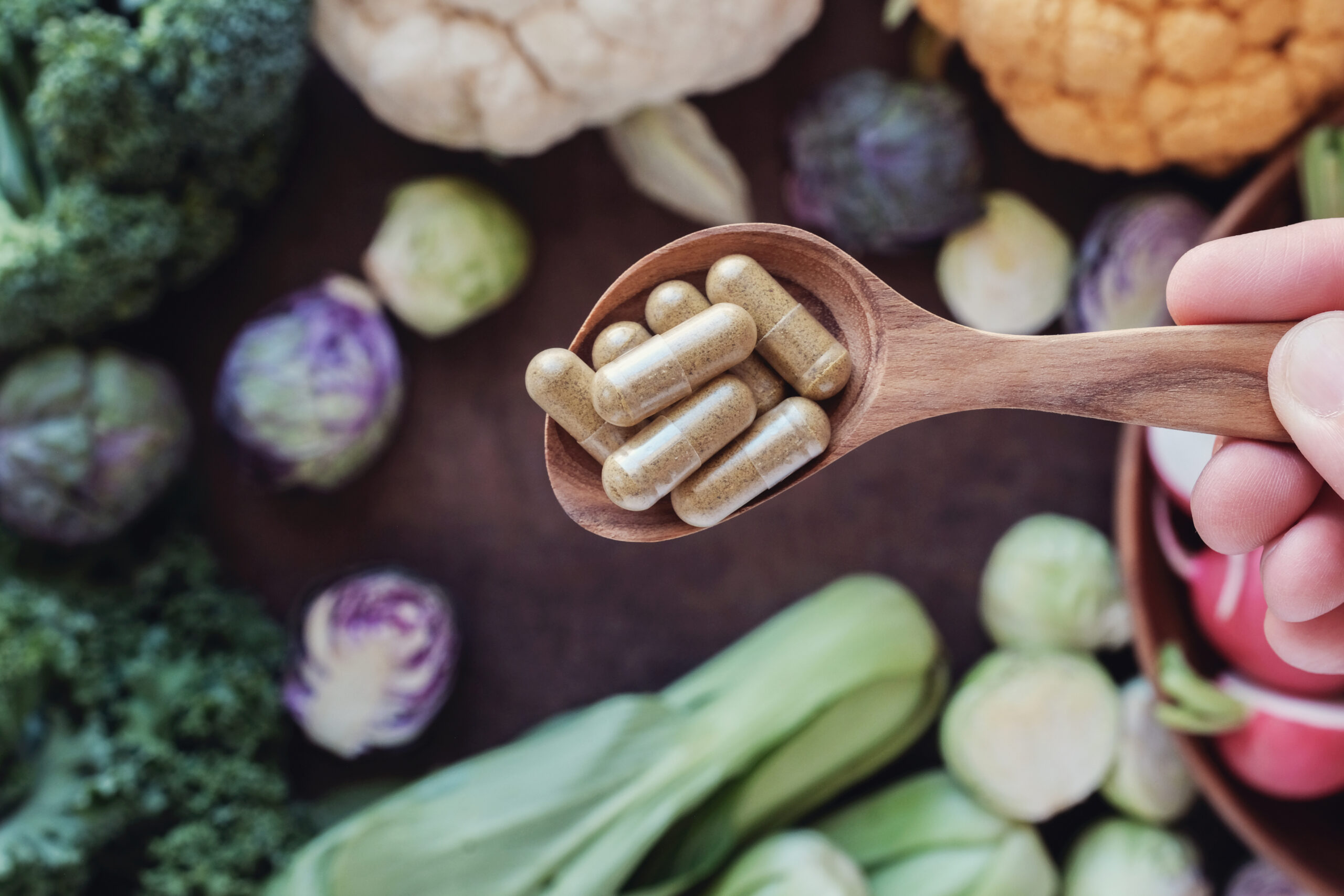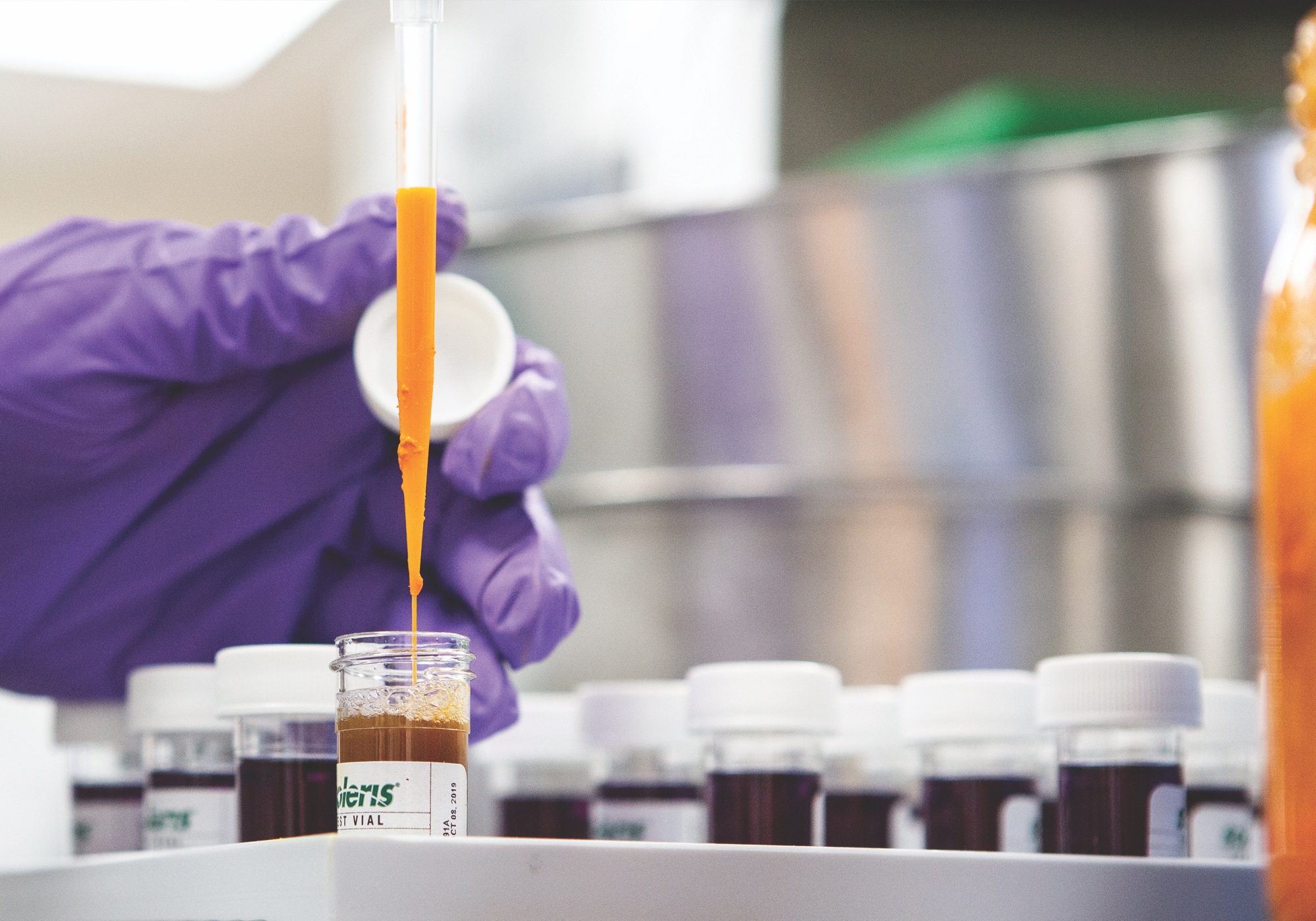Scientific name:Inula helenium
Constituents:
- Volatile oil: Sesquiterpene lactones (alantolactone, isoalantolactone, isoheleproline, alantopicrin, alantic acid & azulene)
- Carbohydrates: Mucilage & Inulin
- Saponins
- Chlorogenic & caffeic acids
- Phytosterols
- Resin
Medicinal actions:
- Anti-inflammatory
- Anti-catarrhal
- Antimicrobial
- Anti-tumor
- Antispasmodic
- Bitter
- Diaphoretic
- Diuretic
- Expectorant (stimulant) & Lung Trophorestorative
Mechanism of Action & Pharmacology:
- VO are spasmolytic on smooth muscle tissues & sesquiterpene lactones (alantolactone, isoalantolactone) are widely antiseptic (e.g. MRSA, Candida) and anti-inflammatory.
- Isolated alantolactone has been used to treat parasites (e.g. roundworm, hookworm) and has chemopreventative and anti-tumor effects.
- Mucilage has a relaxing & carminative effect which combines well with the stimulation and expectoration of the VO.
- Inulin is a prebiotic that will aid in the balance of blood sugar levels and of the microbiome.
Pharmacy:
- Decoction
- Tincture
- Powdered herb
Safety & Toxicity Concerns:
- Use caution when lungs are irritated or dry, as it can increase dryness and give a feeling of constriction.
- May cause contact dermatitis topically.
- Avoid in known allergy to Asteracae family.
Interactions:
- None known




